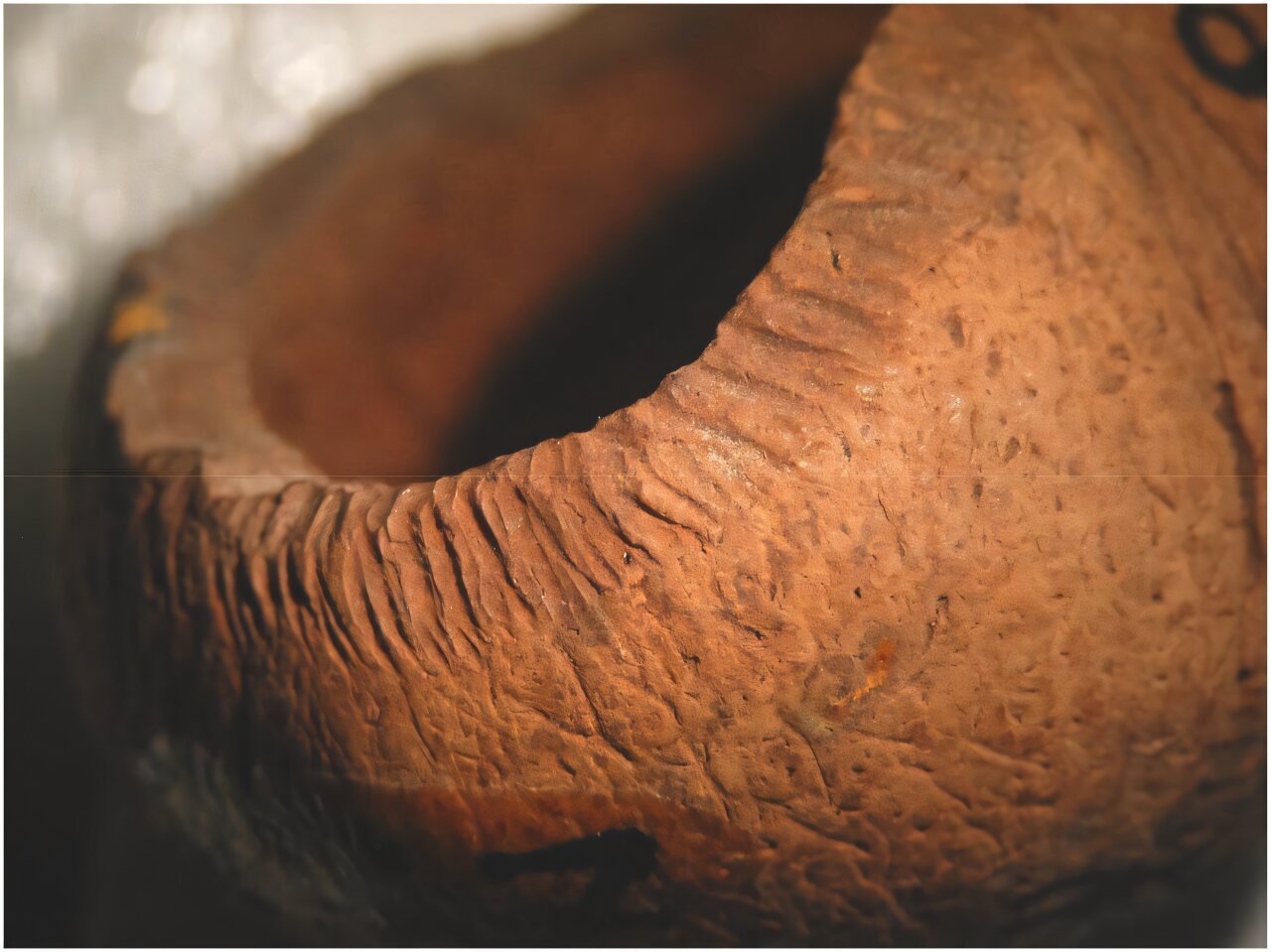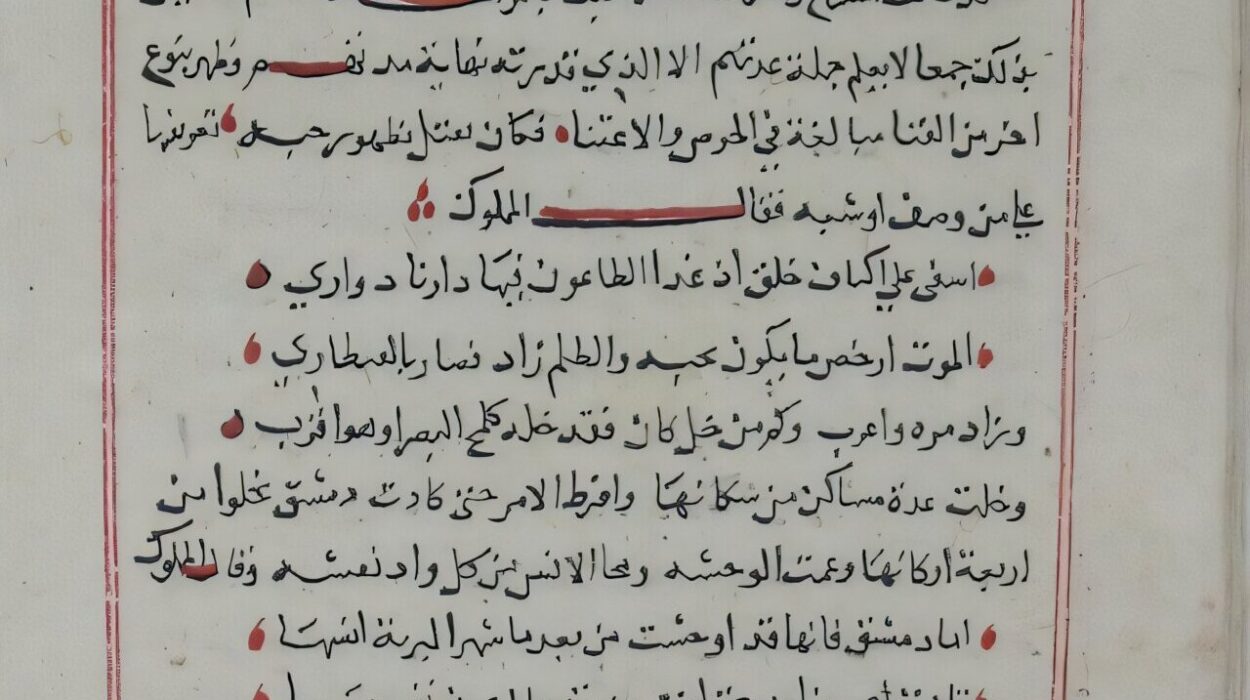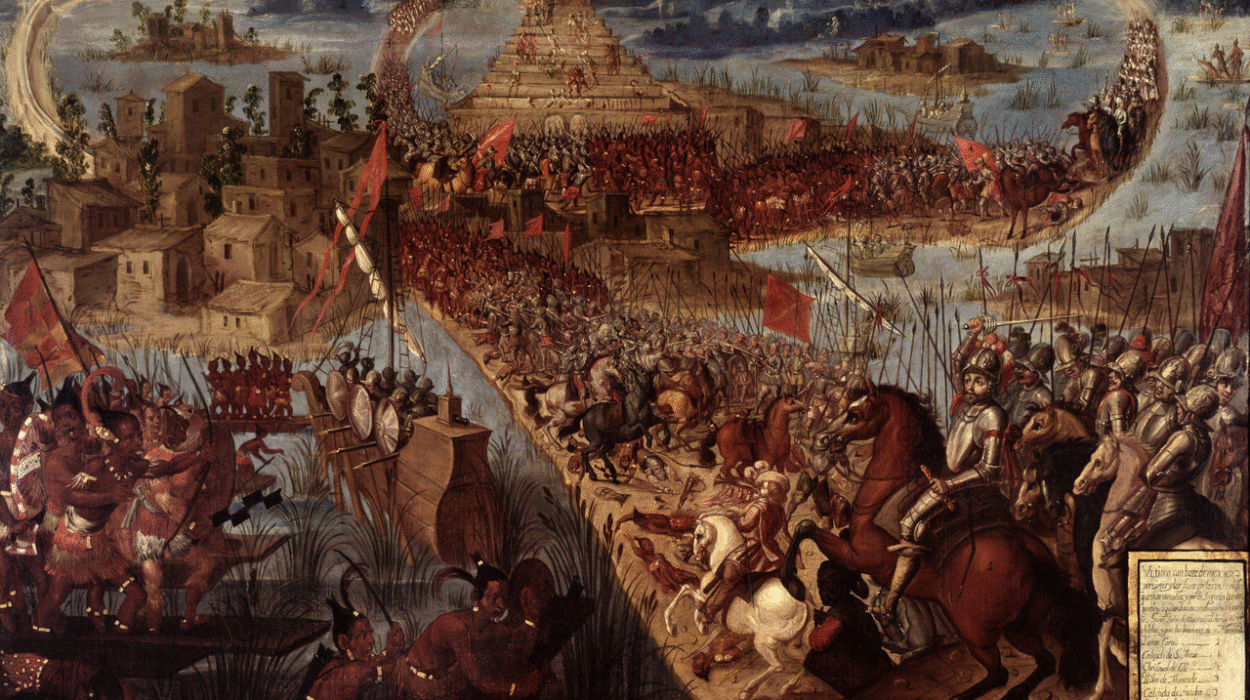For centuries, the story of Rapa Nui—better known as Easter Island—has stood as a haunting cautionary tale. Once lush with towering palms, the island was stripped bare, leaving behind a barren landscape scattered with the solemn stone faces of the moai statues. Historians, ecologists, and archaeologists have long debated what went wrong. Was it human greed? Overexploitation? Environmental collapse?
Now, a groundbreaking study by Dr. Terry Hunt from the University of Arizona and Dr. Carl Lipo from the University of Birmingham, published in the Journal of Archaeological Sciences, challenges one of archaeology’s most persistent narratives. Their research suggests that humans alone were not responsible for the island’s deforestation. Instead, an unassuming stowaway—the Polynesian rat (Rattus exulans)—played a far greater role than anyone had imagined.
Their findings reveal an ecological drama of extraordinary scale: a single pair of rats introduced to the island could have multiplied into more than 11 million individuals within just 47 years. In the process, they may have destroyed up to 95% of the palm seeds, effectively preventing the forest from regenerating.
The Lush Island That Once Was
Long before European explorers first set eyes on Rapa Nui in 1722, the island was a thriving paradise of palms, birds, and fertile soil. Estimates suggest it once supported between 15 and 19 million palm trees, primarily of the now-extinct species Paschalococos disperta, a close relative of the Chilean wine palm (Jubaea chilensis). These palms were the giants of the island ecosystem, providing shade, food, and wood for the people who lived there.
But when European ships arrived, they found a starkly different scene. “Review of historical observations indicates that grasses and small shrubs dominated the vegetation Europeans encountered in the 18th century, a stark contrast to the palm-dominated landscape that existed at the time of colonization,” explained Dr. Lipo. The island’s forests had vanished, replaced by wind-swept fields and sparse vegetation.
For generations, this transformation was blamed entirely on the island’s inhabitants—the ancestors of today’s Rapa Nui people. The prevailing narrative claimed they overharvested trees to build canoes, transport statues, and clear land for agriculture until nothing remained, leading to societal collapse. It was a dramatic, almost tragic story of human self-destruction.
But Hunt and Lipo’s research suggests that this tale is incomplete—and perhaps even unfair.
The Unseen Invasion
When Polynesian voyagers first reached Rapa Nui around 1200 CE, they brought with them not only crops and domesticated animals but also uninvited passengers. Hidden among their provisions were small, agile, adaptable creatures—rats.
The Polynesian rat, Rattus exulans, is a survivor. Across the Pacific, from Hawaii to New Zealand, this species has left ecological scars that can still be seen today. Once introduced to a new island, rats often find themselves in a paradise without predators and with an abundance of food. Under such conditions, their numbers can explode at breathtaking speed.
Hunt and Lipo’s ecological model demonstrated how this happened on Rapa Nui. Starting with just one breeding pair, the rat population could have ballooned to 11.2 million in under half a century. The consequences were devastating.
The Palm Seeds That Never Sprouted
To understand why the palms disappeared, we must look closely at their reproduction. The Rapa Nui palm, like its relative Jubaea chilensis, produced large, thick-shelled seeds—similar to small coconuts—rich in oils and carbohydrates. These seeds were evolutionary treasures: dense packets of energy designed to give new palm seedlings a head start in life.
But for the Polynesian rat, each seed was a feast. “Palm nuts were highly vulnerable for several reasons,” said Dr. Lipo. “They produce relatively few seeds per tree. When rats consume or cache most of the seeds, regeneration fails. The reproductive strategy of producing few, large, energy-rich seeds made palms particularly vulnerable to a seed predator achieving high population densities.”
With millions of rats gnawing through the island’s seed stock, the palms never stood a chance. Seedlings could not grow fast enough to replace fallen trees. Within decades, the forest’s natural cycle of renewal had been broken.
Echoes Across the Pacific
The story of Rapa Nui’s rats is not unique. Across the Pacific, similar patterns have been observed. On the Hawaiian island of O‘ahu, for instance, researchers found evidence that rats caused the population collapse of the Pritchardia palm between 1100 and 1200 CE—centuries before significant human settlement.
In contrast, the islands of Nihoa and Huelo, where humans had lived for centuries but rats were never introduced, still host flourishing palm populations. This comparison offers compelling evidence that rats alone can devastate island ecosystems.
Rats, it turns out, are silent but potent agents of transformation. When placed in isolated ecosystems where native species evolved without defenses against mammalian predators, their impact is catastrophic.
The Human Hand in the Balance
This new perspective does not absolve humans of responsibility—but it reframes the story in a more nuanced way. People certainly contributed to the transformation of Rapa Nui’s landscape. They cleared coastal areas for gardens, used fire to open land, and harvested trees for construction and fuel. These activities likely amplified the ecological effects initiated by the rats.
“Rats reached every corner of the island within decades of human arrival, chewing through palm seeds and stopping the next generation of trees before they could even sprout,” said Dr. Hunt. “People cleared land for gardens near the coast, but the rats preceded them in number and spread over the island.”
In this view, deforestation was not a simple act of human ecocide. It was an ecological chain reaction—an interplay of invasive species and human adaptation in a fragile environment.
The Boom and the Bust
Archaeological excavations at Anakena, one of Rapa Nui’s most important historical sites, have shed further light on this process. Rat remains recovered from layers dating between 1986 and 2005 revealed a striking pattern: a rapid “boom-bust” cycle.
When rats first arrived, their population skyrocketed as they devoured the island’s abundant palm nuts. But as food resources dwindled, their numbers collapsed by more than 90%. Contrary to earlier claims that humans reduced rat numbers through hunting, the evidence suggests that the rats’ own overconsumption led to their decline.
It’s a grim irony—rats multiplied so successfully that they ultimately consumed themselves into near-starvation. In the process, they erased the very ecosystem that had sustained them.
Rethinking the “Ecocide” Narrative
Dr. Hunt and Dr. Lipo’s findings force us to reconsider one of archaeology’s most famous cautionary tales. For decades, Rapa Nui was portrayed as a microcosm of human folly—a civilization that destroyed its environment and doomed itself in the process. But the truth appears more complex, and in some ways, more hopeful.
“Our study dramatically revises ‘ecocide’ into a story of an invasive species on an isolated island,” said Dr. Hunt. “People transformed a natural environment into an agricultural one. This led to their success, not their collapse.”
The people of Rapa Nui did not vanish in a self-inflicted disaster. They adapted. They reorganized their society, built stone gardens to preserve soil moisture, and developed new ways to survive in a changed world. Their resilience, not their destruction, is the real story.
Lessons from an Island Laboratory
Rapa Nui is more than a distant island with mysterious statues—it is a living laboratory of ecology, adaptation, and survival. The new research underscores how biological invasions can reshape ecosystems independently of direct human exploitation.
The Polynesian rat, though small and easily overlooked, demonstrates the outsized influence invasive species can have when introduced to fragile environments. Islands, with their limited resources and isolated ecosystems, are especially vulnerable.
Today, the same patterns are playing out across the globe. From brown tree snakes decimating bird populations in Guam to invasive plants overtaking native forests in Hawaii, the lesson is clear: even the smallest newcomers can rewrite the fate of an entire ecosystem.
A Testament to Interconnectedness
The story of Rapa Nui’s deforestation is not one of blame, but of interconnectedness. It shows that human actions and natural processes are inseparable, each amplifying the effects of the other. It also reveals how small events—a pair of stowaway rats on a voyaging canoe—can echo through centuries, reshaping landscapes and cultures alike.
What happened on Rapa Nui is a reflection of the delicate balance that sustains our planet. It reminds us that ecosystems are intricate webs of relationships, and when one thread is pulled too hard, the whole fabric can unravel.
The Continuing Relevance of Rapa Nui
Dr. Hunt’s words resonate beyond archaeology: “This is a testament to the profound impacts invasive species can have, and the problem continues today, not just on islands, but globally.”
As modern humans grapple with deforestation, habitat loss, and climate change, Rapa Nui’s story offers a powerful mirror. It challenges us to think not in terms of villains and victims, but systems and consequences. It calls for humility in the face of nature’s complexity—and responsibility in our role as its stewards.
The Legacy of an Island Transformed
Today, the windswept plains of Rapa Nui still bear the marks of its transformation. The giant moai statues stand as silent witnesses to both the ingenuity and vulnerability of human life. Beneath their gaze lies a story not of ecological suicide, but of survival, adaptation, and the unseen forces of nature.
The lesson of Rapa Nui is not despair—it is awareness. It teaches that even the smallest life forms can alter the destiny of worlds, and that the balance between life, land, and time is far more delicate than it appears.
In the end, the true mystery of Rapa Nui is not how its forests vanished, but how its people endured—and how their island continues to speak across the centuries about the fragile, astonishing interconnectedness of life on Earth.
More information: Terry L. Hunt et al, Reassessing the role of Polynesian rats (Rattus exulans) in Rapa Nui (Easter Island) deforestation: Faunal evidence and ecological modeling, Journal of Archaeological Science (2025). DOI: 10.1016/j.jas.2025.106388






